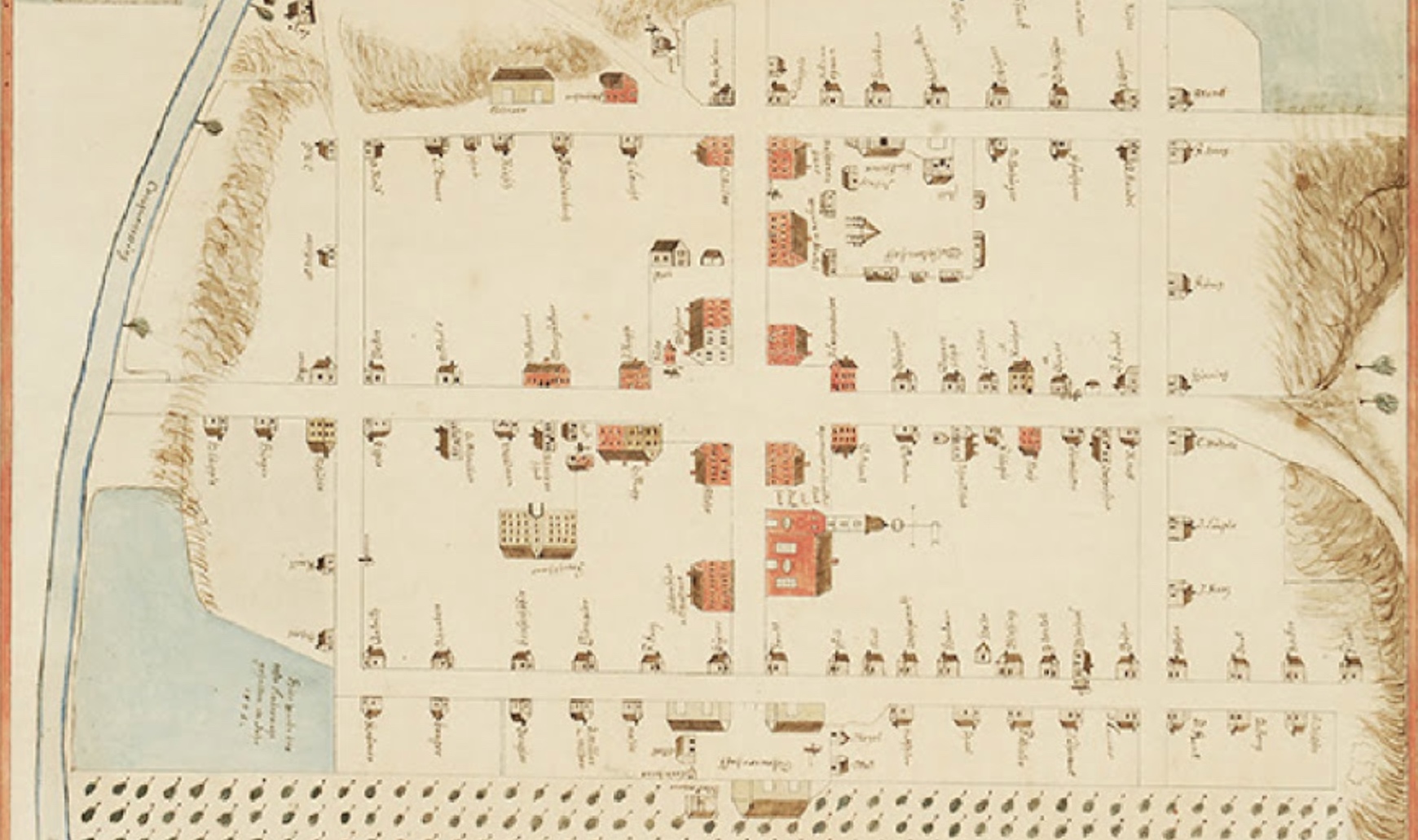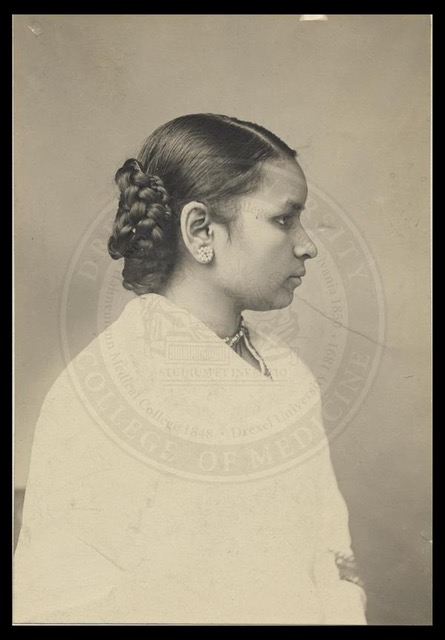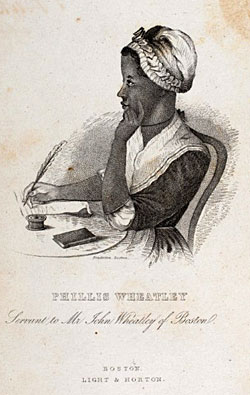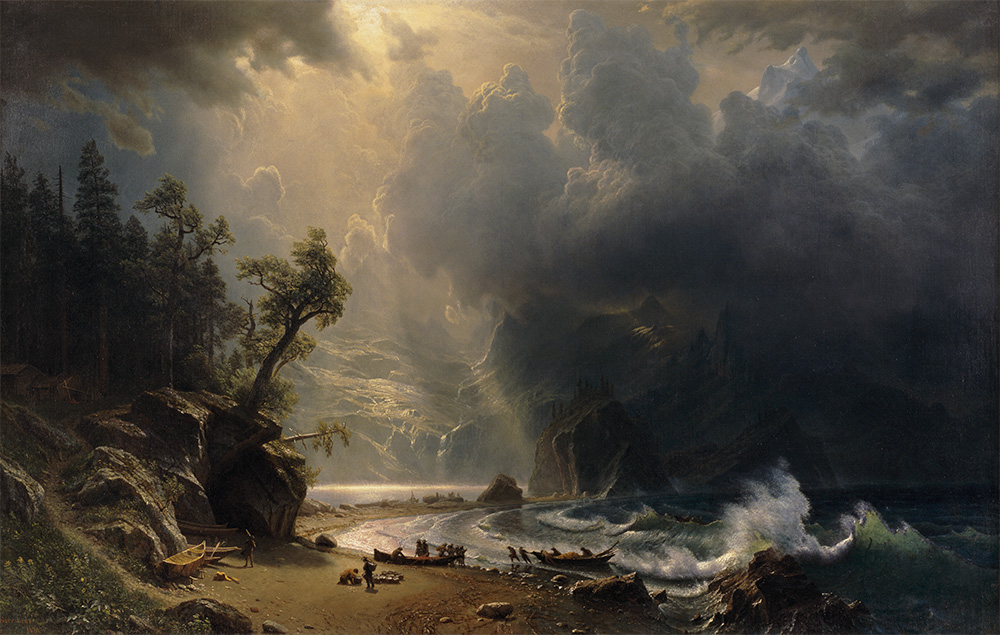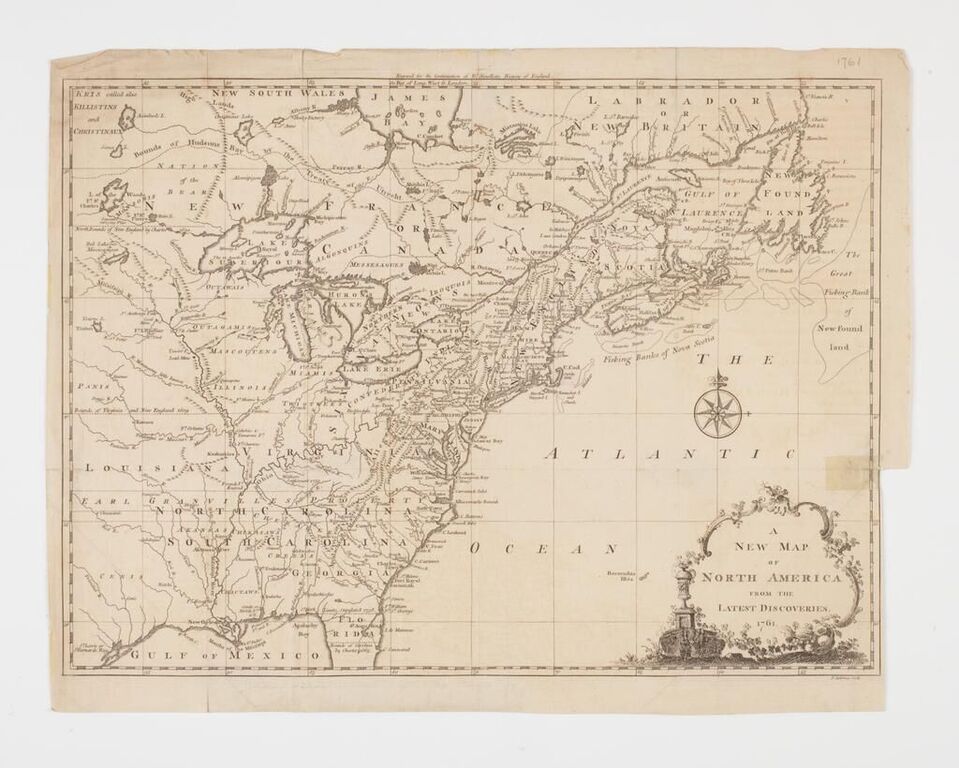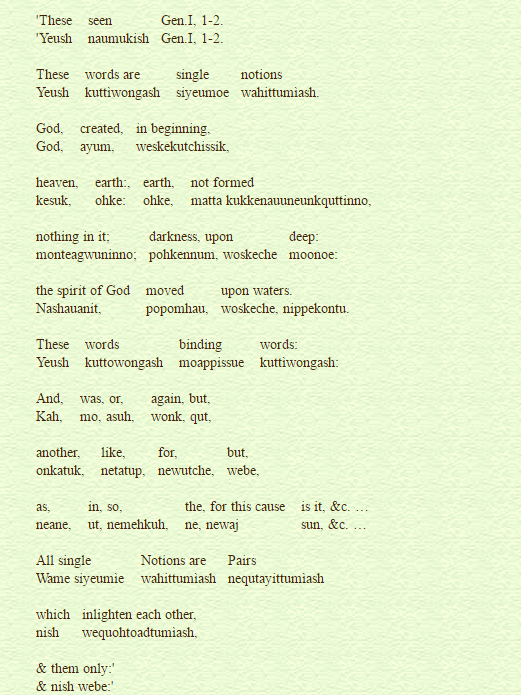1. Tracts Trace Fissure
I pick up a fragile, aging photo, asking, “Who is this?”
“No idea.”
Names slip out of records or protected—
No completely legible family Bibles or cornerstones engraved. Conversion over bloodline, family branches missing or far flung. The fissure passed down: this Tract Society—
Question to begin: when no known ancestors of mine were, previous to the 20th century, here present, how do I connect to American history, to the imaginary of the American nation?
One answer might be found by de-spatializing the “here,” by looking to Seventh-day Adventism, the 19th century American religion adopted by my Estonian family while in Estonia, my newly arrived German immigrant great-grandmother in New York City, and my first-generation American grandfather on my mother’s side, one of two brothers who converted and subsequently stopped passing on any stories of their blood families—all “non-believers.” The only thing I ever heard about his mother, my great-grandmother, is that she was not an upstanding woman: “She had many different men over to her Brooklyn house.” I have never known her name.

2. The Autobiography of Elder Joseph Bates
Catalogued in the American Antiquarian Society library, I discover this book written by an early Adventist missionary.
Am I imagining that my grandmother spoke about her mother meeting him once in person?
While trying to find, I fear my fiction grows.
Search: Adventism, American. Find: a new religion, new country, new self. An emphasis on text and religious scholarship (memory of the shelves of Bible concordances to the right of the fireplace) when none of these ancestors had ever been to college.
Religious literacy as religious liberty as cultural rebirth and upward mobility. Lines drawn away from the old country away from family toward a church family toward:
The Word.

The missionary movement: to spread The Word.
Did this Elder Bates make contact with my Estonian grandfather? No, the dates are wrong. But when did the Adventists go to Europe?
Failed search: No matches found for Baltics, Baltic, Estonia, Magi. The shame of my autobiographical obsession. Why do I want to find evidence of this first contact?
If I could read the record of the capture of my grandfather’s imagination, his conversion, could I then write my way into complete release?

3. A New Body
There is an image of my mother as a baby printed up on a postcard and distributed to raise church funds: with every pound she grew, members would pledge more money.
Physical growth converts to church growth and the spread of The Word is the work, is how to be a good Adventist and healthy.
Bodies of belief are bodies valued: therefore the later devastation of her polio.
She survives, graduates eighth grade pictured under a banner reading, “The Value of Hard Work” and visibly changed: face drawn, weary for her age. It is The Depression and school equals work, a promise to plug the dam of uncertainty, of dis-ease.
“My father would not touch me in the hospital” she once told me because she had never figured out that her own parents were always also afraid.
Known or sensed: anxiety. A root, a subtext. Against which, prayer—

4. Scanning
I have already written about Adventism.
In Threads I wrote about my Estonian grandfather’s dangerous religiosity during the World War II German and Russian occupations of Estonia. The story is that he had to leave Estonia because he was an outspoken Adventist minister.
I also wrote “pillow of no tradition—resting there” which is autobiographical: I am firmly apostate. I risked the connection, slipping out of that world of The Word—
Now, I am spit out: it is nearly impossible for me to read The Autobiography of Elder Bates. I download the file, open it several times, and note my faith in the rhythm of the double click, my readiness to learn. But I read nothing and make no decision to continue to try.

Instead, I find myself searching this scanned 19th century book for torn edges, errant spots on blank pages, places where a librarian has made marks, and places where those marks have bled through.
Available for the entire virtual world to read, I already know the history of the disappointment of the advent movement and even so, my ancestors believed. In light of this, I cleave to the illegible.

5. In a Shaking Hand
In my grandmother’s belongings, I find a love letter from my grandfather, written two days before he passed away, written in a shaking hand—
Of his devotion to her and to the church and how surely they will see each other again in His kingdom.
Holding this letter, I think of bindings—imprinting—shared vocabularies—

What hope holds me to my family of origin, and to my beloved, the family I now make? What if there is no sacred vocabulary? No beyond?
Or, how much is my “pillow of no tradition” a pillow still marked—

Perhaps I wear this religion’s imprint in ghostly reverse—something seeping through, as when I listen to my landlord’s Friday prayer meetings in the basement below my apartment, not able to hear the exact words, but familiar with the cadence of the voice, praying, wondering if he is also—

6. “I have begun to pray again.”
The above sentence is from section one of a manuscript entitled GIFT. This sentence marks my entrance into an inquiry that does not privilege the secular and mock the sacred.
This writing is the second section: “I have begun again to read as I was taught.” Subtitle: “Literacy, religion, and textual practice.”
This is what I call a gift reading practice from my childhood:
I would open my Bible to any passage of the Psalms and read. A feeling that this chance operation was divinely directed to give me a message I needed then, at that moment.
Or I would read the Psalms when I had a stomachache. The pains would go away. I would read Psalm 27 when I was nervous about school. I prayed before every test and attributed my good grades to divine guidance.
This is now the image that I need to read:

I trace this remnant mark, find pleasure in its edge and shape, its pixilated borders, its mistake. Sitting at my desk, I almost recoil at the sensuality of this mark and its electricity: my now pulsing body, a transfer has occurred.
7. Prophetess
Ellen Gould White, the prophetess of this religion I was born into, had an immense literary output yet she only had three years of formal schooling. She wrote at night, from 1 or 2 am until dawn, when she felt she was most susceptible to hearing and recording the word of god.
It is rumored that she plagiarized Milton.
She was hit in the head with a rock as a little girl and after that she had visions. And so she received messages from god or Milton.
She predicted god would come in 1844 and this did not happen.
How do I read poetry now when as a child I was taught that it was our human purpose to wait and disappointment only renews resolve?
I grew up and out of the religion and I developed a disdain for her, Ellen White—the religion felt, to me, an absolute folly.

8. Shame
If this is my first lesson in reading and authorship, text and purpose, then how to enter literature in college, cleanly, while secretly stained.
Whether I belong—now an author—this, persisting—

9. Communities of Desire
Now, telling the story of these practices about which I rarely speak: how faith is gradually entering back into my literacy. Why engage remembering?
One answer: I want to make a connection from a sacred past to an experimental literature in the present. No one expected me to be a poet and write as I do, but it is not such a far flung idea, given that:
Literacy situated in religion is—
An emphasis on study. Growing up, we had lesson “quarterlies” for weekly study. My parents asked me, nearly every day, “Did you study your lesson?”
An emphasis on memorization and therefore sounds. Early memories of star stickers affixed to a chart listing the Bible verses I had memorized correctly. Always in the King James Version, the sound of the poetry of the beginnings of modern English.
There are titles like The Desire of the Ages, The Great Controversy, Steps to Christ: books by Ellen Gould White filled our home. Spiritual handbooks. The word “desire.” How to. The time of the end, “the time of trouble,” approaching. Fear and courage mediated by text.

10. To instill anxiety and then relieve this tension is to read.
A lesson in scripture: contraction and release. Worry and faith.
To believe that signs are everywhere—”wonders and signs”—and a thin veil separates spirit and world, thin line between prayer and breath.
List everything you are thankful for, quickly, under your breath in case the end of times comes and you are found ungrateful.

To skim is an acceptable way to read and “seek and ye shall find” because a book is always unbound, aglow, alive, and my mother told me to never put anything on top of my Bible.
To read while making marks: underline, highlight, margin notes. My childhood Bibles are full of these.
My grandfather marked up several Bibles. There are notebooks of his sermons in three languages: illegible marks made legible because of context. The message was always the same on any side of the Atlantic, in any language.
11. Reading the Remnant
That religious belief and religious tracts and texts will draw people together and pull them apart.

Idea of remnant or outsider: we, “a remnant people,” who will be saved, who may be fringe.
A son or daughter might be on the edge of the fabric or ripped from their family for their righteousness or for their sinning.
How, a continent away from America, one side of my family converts to this American religion leads to my father picking my mother, also an Adventist in his new country his new city.
At mid-20th century, when most Adventists were white, religion trumps ethnicity and the difference between native/refugee. All are together, called the same, “the remnant.”
Yet the individual breath and body is always a potential wedge in what is broadcast from the pulpit. A micro-remnant, even if momentarily, making the smallest utterance. Reading, listening for this divisibility—the desire for invention, the desire for belonging—is this my poetics, inadvertently gifted to me by family who took this American religion and read themselves into earthly and heavenly citizenship?
This article originally appeared in issue 12.4 (July, 2012).
Jill Magi’s text/image, poetry/prose hybrid works include SLOT (2011), Cadastral Map (2011), Torchwood (2008), and Threads (2007). Two recent collaborations can be found on-line at Drunken Boat and The Michigan Quarterly Review. She was a resident artist at the Textile Arts Center in Brooklyn, a Lower Manhattan Cultural Council writer-in-residence, and is currently a recipient of an arts grant from the city of Chicago. Jill will start a post as visiting writer in the MFA program at Columbia College Chicago this fall.




